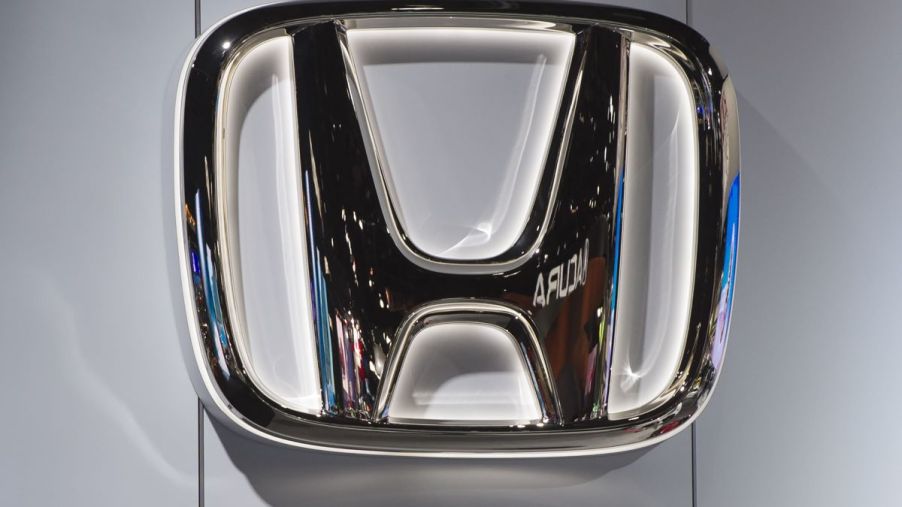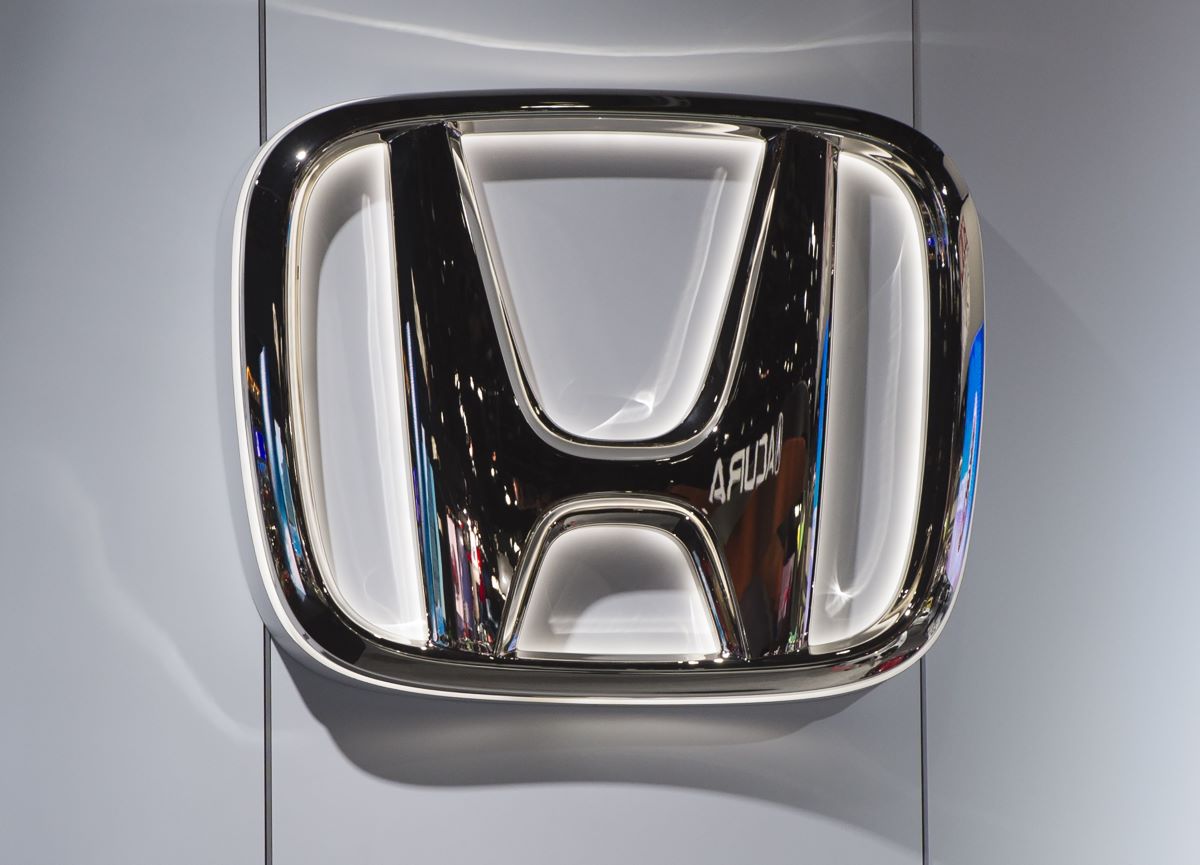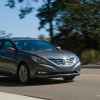
The Honda Ballade: An AMG-Tuned Honda Civic for South Africa
Before tuning legend AMG was an in-house Mercedes-Benz brand, it was wrenching on more than German vehicles. Since they were a stand-alone engineering company, they accepted business from all but still took on Mercedes’s smaller projects. Sometimes, this meant AMG was tuning rather quirky cars now lost to history. For example, an entry-level Honda Civic licensed by Mercedes to expand South African market share: the Honda Ballade
Where did the Honda Ballade come from?
Mercedes-Benz has maintained a foothold in the African car market for well over 100 years. The company’s offerings date back to the horseless carriages of the late 19th century, just after the invention of the passenger car. In the 1980s, Mercedes-Benz South Africa sought to expand its market share by doing something quite odd. The company decided to pursue a more affordable vehicle to place below the entry-level 190E.
At the same time, The Drive reports that Japanese giant Honda was looking to expand into South Africa. There’s little information about the meticulousness of the multinational deal that ensues, but here’s what current research says.
In the late 1970s, beleaguered British Leyland minted an agreement with Honda to produce a car together using a Honda engine. In 1980, Honda released the Ballade, and British Leyland, the Triumph Acclaim, Curbside Classic says. Neither nameplate was used in the American market; therefore, the Ballade was the second-generation Honda Civic in the U.S. The economy sedans have slightly different styling, but they’re all based on the same plans.
How does AMG get involved?
The Honda Ballade fit perfectly in the South African market as a budget-friendly alternative to the popular Mercedes-Benz 190E. Despite its affordability, it was a slightly more upscale Honda Civic.
Given the car’s rarity and manufacturers’ hesitancies to spell out the Ballade’s history, it’s unclear exactly why Mercedes-Benz gave AMG the task. Nevertheless, it could be that South Africa’s Honda Civic was geared as a performance model.
The Honda Ballade had two available engines. The base Ballade 160i had a 1.6-liter, and the range-topping 180i had a 1.8-liter four-cylinder. Off-the-shelf AMG enhancements included lowering springs, larger spoilers, and 15 or 16-inch aluminum wheels. Some rumors purport the AMG-tuned Honda Ballade had up to 173 horsepower. However, much like the rest of the car, it’s shrouded in mystery.
What was South Africa’s Honda Civic like?

An obscure car review from 1999 posted via Dispatch Online says the Ballade underwent several design changes going into its fourth iteration. The entry-level Ballade Encore featured power steering, electric side mirrors, mudguards, a tachometer, and a clock. Cup holders were made standard across the range, and the upper-level Luxeline boasted two-tone velour upholstery.
Part of the AMG upgrades was a new exhaust, but a reviewer from the time said, “the continuous boom was too much for my sensitive ears and would prove overly tiring on a long trip.” To rectify the issue, dealerships fitted additional layers of sound-deadening materials. Otherwise, AMG’s hand on the Ballade was evident, considering its cornering stability and welcome power-assisted disc brakes all around.
Is the Honda Ballade still in production?
It’s hard to tell how many Honda Ballades AMG built and Mercedes-Benz sold. They were reportedly sold through the fourth generation of the Honda Civic, and production ceased after 2001. Today, the Honda Civic remains a seller in South Africa, not as the Ballade, but as the City, IOL reports. Yet, the car has more in common with the Jazz than the Civic.
AMG never did much in exterior design for the Ballade, so there’s only one major way to spot a rare example. Fourth-generation Honda Ballades will have an AMG badge on the bottom right corner of the trunk, or boot, in South Africa.


